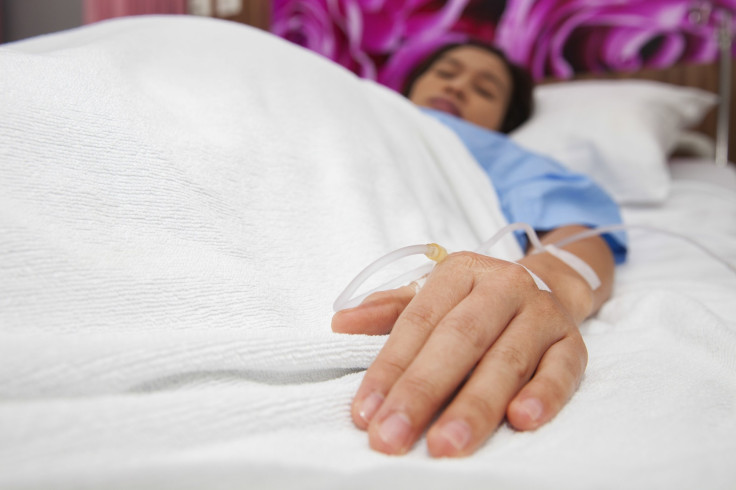New ‘MAP’ Mattress Prevents Bedsores On Bedridden Patients, Saves Thousands Of Dollars

Though resting in bed for an extended period of time may sound rather nice to most people, the bedsores that develop on hospital patients who are bedridden for weeks or months are not appealing whatsoever — and can even lead to death. Also known as pressure-ulcers, bedsores occur when the skin breaks down after pressing on a mattress for a long period of time.
Now, the company Wellsense has developed an alert monitor that can track pressure points on a person’s body and assist caregivers in adjusting the patient’s position every few hours to prevent bedsores. The Monitor Alert Project (MAP) is a monitor-connected mattress that illustrates the likely bedsore spots on the patient’s body. On its website, Wellsense describes the project: “The Map System is the first ever, Continuous Bedside Pressure Mapping System (CBPM). Used seamlessly on any existing bed, MAP allows caregivers to place and position patients using actual pressure distribution data. The MAP System provides instant feedback to guide caregivers through off-loading pressure accurately.”
Bedsores are categorized into four stages, where stage I is the earliest and least severe and includes a reddening of the pressure spot on the skin. Stage II and stage III cause the skin to blister and form an open sore, and ultimately turn into a sunken hole that is called a crater. Stage IV involves an ulcer that has damaged the muscle, bone, and often tendons.
Though it’s a preventable problem, up to 60,000 Americans die from bedsores every year, and nearly 2.5 million are affected. A 2012 study published in the Journal of the American Geriatrics Society found that older people who developed bedsores during their time in the hospital were more likely to die, to stay longer in the hospital, and to be readmitted within 30 days of their discharge.
Currently, caregivers must reposition patients in order to relieve the pressure and pain caused by being in one position for a long time. Patients seated in wheelchairs need to move around and reposition themselves every 15 minutes if possible, while those lying in beds should reposition every two hours. Other traditional ways of preventing bedsores involve special mattress pads, cushions, and water-filled mattresses that may lessen pressure spots. Bathing and inspecting the skin is also important. If the patient has enough strength to lift themselves, often trapeze bars are placed that can help them reposition themselves.
The MAP System may make it easier and more clear for nurses and other healthcare professionals (as well as patients themselves) to identify what spots on the body may be at risk of developing ulcers. On the small monitor, the system shows in red what parts on the body have the most pressure, and with blue, what areas have the least pressure. In a video describing the product, the Wellsense claims that in experiments, the MAP mattress prevented bedsores in patients nearly up to 100 percent and saved hospitals thousands of dollars.
Bedsores are "the most prevalent hospital-acquired condition," the Healthcare Management Council stated in 2010, and "the second most expensive condition — costing a facility an average total of roughly $536,900 annually. A patient acquiring a bedsore required on average $9,200 in extra care."
Published by Medicaldaily.com



























